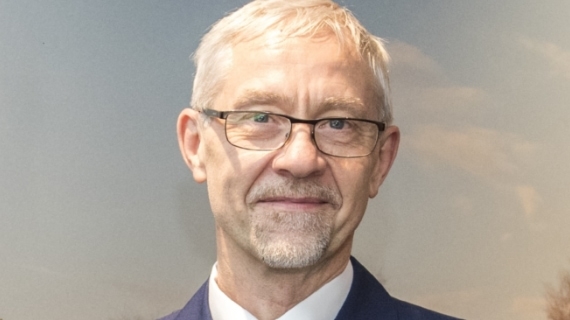Christian Decobecq
Hands-on | Forensic dentistry

- Since 1976, I have worked in the Belgian police force in various operational (anti-gang patrols), logistical & technical ( weapons & ammunition specialist) functions.
- Joined the special units (SWAT Team) in 1992 where I performed administrative and technical functions, specialised in the use of explosives.
- Volunteered for the Disaster Victim Identification (DVI) non-permanent team in 1992.
- Participated in numerous DVI missions in Belgium and abroad (Romania in 1995, Kosovo in 1999 & 2000).
- International project officer in the special units for the European projects ATLAS (SWAT Teams) & CSW (Surveillance Teams).
- Head of Department of the Belgian DVI in 2013.
- Promoter of the European DVI courses of CEPOL (European Police College) in 2014.
- Trainer of the CEPOL DVI courses since 2015.
- Responsible for the identification of deceased victims following the Terrorist Brussels attacks.
- Promoter in 2017 of the European network of DVI experts.
- Chairman of the European network of DVI experts in 2018 until September 2022.
- Retired from the police force on 01 October 2022.
Nationality: Belgium
Scientific areas: Hands-on (OMD)
11 of november, from 09h30 until 18h00
Room 4
Conference summary
The identification of unknown human remains or a body by comparative dental analysis requires the submission of supporting documentation from the dental provider (s) who treated the patient, the missing person, as well as careful documentation of the unidentified remains or the unidentified body. Human Identification by dental analysis is the comparison of oral maxillofacial structures.
The procedures to reconcile this information (e.g., radiographs, charts, and progress notes) have been outlined by numerous forensic organizations including the International Organization of Forensic OdontoStomatology (IOFOS), American Board of Forensic Odontology (ABFO), British Association of Forensic Odontology (BAFO), INTERPOL’s DVI Steering Committee and Forensic Odontology Subcommittee as well as many others.
The process of identification is accomplished by conducting a thorough postmortem dental examination, the collection of antemortem dental and medical records, and the comparison of the postmortem evidence with the antemortem record.
The goals of this hands-on are:
- To provide the best available current information on the best practices recommended by the forensic odontology community. It includes already published guidelines on how to obtain comparative forensic dental data as well as the recommended methodologies to reconcile that data in order to establish an identification by comparative dental analysis.
- To create awareness and education for the dental practitioner on the forensic odontology identification process as well as understand what information may be required should the need for them to participate occurs.